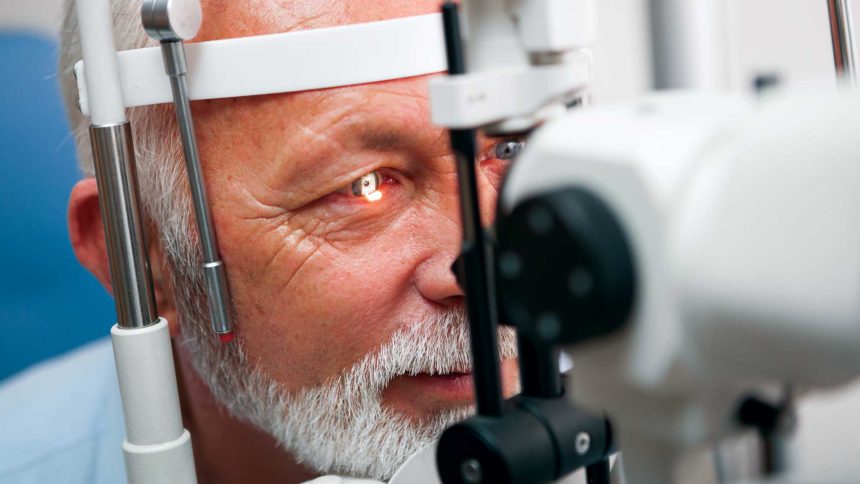
Robot-guided radiation therapy can be an effective treatment for age-related macular degeneration (AMD), according to a study published Tuesday in The Lancet.
The targeted radiation treatment reduced the number of regular injections needed to treat wet-type AMD by about 25%. Wet AMD is the most advanced and serious form of the disorder, which is the leading cause of vision loss and blindness among American older adults. It occurs when abnormal blood vessels grow under the retina, and those vessels leak fluid including blood. This scars the center of the retina known as the macula.
The standard wet AMD treatment includes injections to stop new blood vessels from growing in the eye. The injections are known as anti-vascular endothelial growth factors (anti-VEGF). People with the disorder need to have injections every month to three months in order to stop fluid from building up, the researchers noted.
“With this purpose-built robotic system, we can be incredibly precise, using overlapping beams of radiation to treat a very small lesion in the back of the eye,” Timothy Jackson, PhD, a consultant ophthalmic surgeon at King’s College Hospital in London, told HealthDay.
The robotic therapy treats the eye with three beams of radiation where the abnormal blood vessels grow. The radiation is called stereotactic radiotherapy (SRT).
The study involved 411 people who had SRT and those who had a sham, or placebo-like, SRT. Of the participants, 241 received the actual radiation and 118 got the phony radiation. All the subjects received injections, but the trial looked at whether or not the radiation helped them need fewer shots.
Over two years, the people who got the radiation received 10.7 injections compared to 13.3 in those who didn’t get the radiation.
“Overall, eyes with microvascular abnormalities tended to have better best-corrected visual acuity than those without,” the authors wrote, adding that fewer shots needed saved the people money as well.




